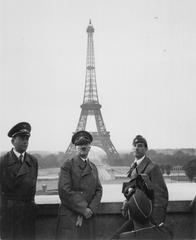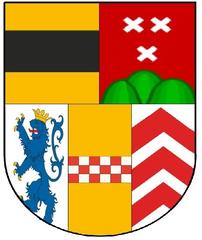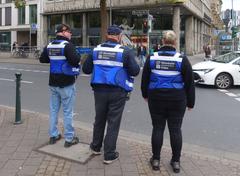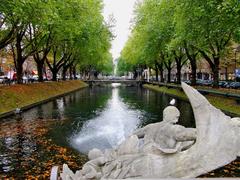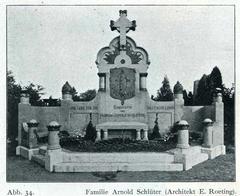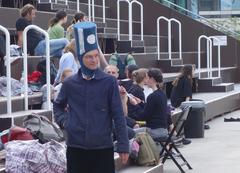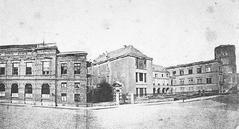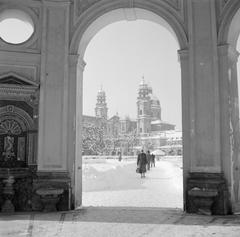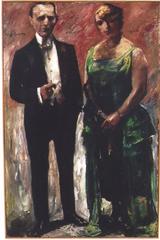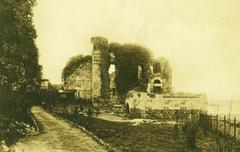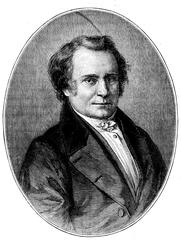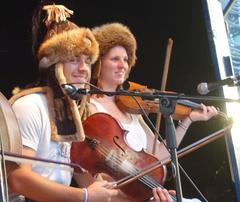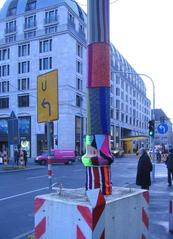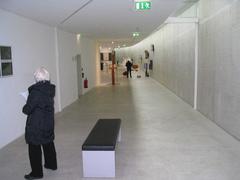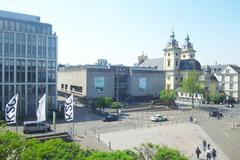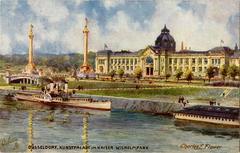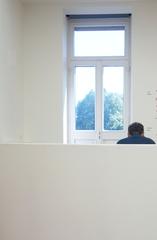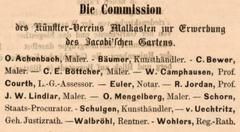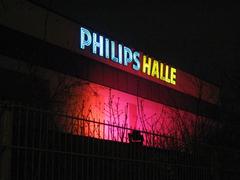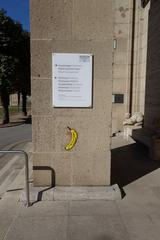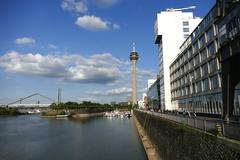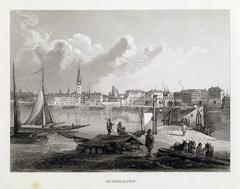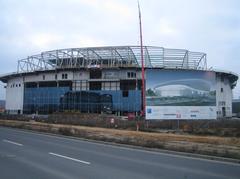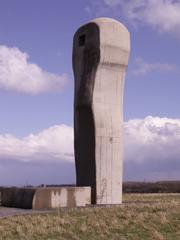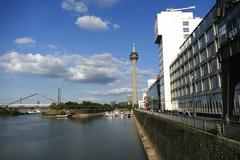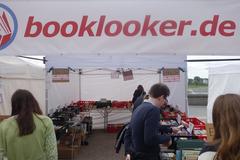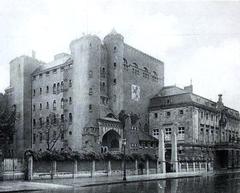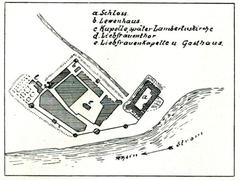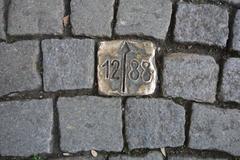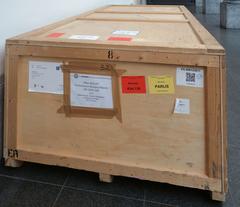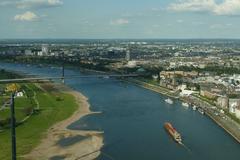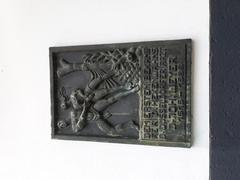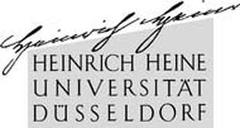Visiting Grütersaaper Weg: Hours, Tickets, and Historical Sites in Düsseldorf
Publishing Date: 23/07/2024
Introduction to Grütersaaper Weg
Grütersaaper Weg, a historic road nestled in Düsseldorf, Germany, offers a rich tapestry of history, culture, and modernity. This comprehensive guide will take you through the journey of Grütersaaper Weg from its medieval origins to its current status as a vibrant urban road. Known for its mix of architectural styles, cultural landmarks, and economic significance, Grütersaaper Weg is a must-visit for anyone exploring Düsseldorf. For more detailed historical context, you can refer to sources like the Düsseldorf City Archive.
Contents Overview
- Introduction
- Early Beginnings
- Medieval Period
- Industrial Revolution
- World War II and Reconstruction
- Modern Era
- Cultural Significance
- Architectural Evolution
- Economic Development
- Transportation and Connectivity
- Community and Lifestyle
- Visitor Information
- Special Events and Guided Tours
- Photographic Spots
- FAQ
- Conclusion
Discovering Grütersaaper Weg - History, Visiting Hours, and Must-See Spots in Düsseldorf
Early Beginnings
Grütersaaper Weg, located in Düsseldorf, Germany, has a rich history that dates back several centuries. The area was originally part of the Duchy of Berg, a historical territory in the Holy Roman Empire. The Duchy of Berg was established in the 11th century and played a significant role in the region’s development. Düsseldorf itself was first mentioned in 1135, and by 1288, it had been granted city rights by Count Adolf V of Berg (Düsseldorf History).
Medieval Period
During the medieval period, Grütersaaper Weg was primarily agricultural land. The fertile soil of the Rhine Valley made it an ideal location for farming. The area was dotted with small villages and farms, which contributed to the local economy. The road itself served as a crucial link between these settlements and the larger market towns, facilitating trade and communication.
Industrial Revolution
The Industrial Revolution in the 19th century brought significant changes to Grütersaaper Weg and its surroundings. Düsseldorf emerged as an industrial hub, attracting workers and businesses from across Germany and beyond. The construction of railways and factories transformed the landscape, and Grütersaaper Weg evolved from a rural path into a more urbanized area. The road became an important route for transporting goods and raw materials to and from the factories (Industrial History of Düsseldorf).
World War II and Reconstruction
World War II had a profound impact on Düsseldorf, including Grütersaaper Weg. The city was heavily bombed during the war, leading to widespread destruction. Many buildings along Grütersaaper Weg were damaged or destroyed. However, the post-war period saw a remarkable reconstruction effort. The road was rebuilt, and new residential and commercial buildings were constructed. This period marked the beginning of modern Grütersaaper Weg as we know it today (WWII Impact on Düsseldorf).
Modern Era
In the latter half of the 20th century and into the 21st century, Grütersaaper Weg continued to evolve. The area saw significant urban development, with new housing projects, schools, and parks being established. The road itself was modernized to accommodate increasing traffic and to improve connectivity within Düsseldorf. Today, Grütersaaper Weg is a vibrant part of the city, known for its blend of historical charm and modern amenities (Modern Düsseldorf).
Cultural Significance
Grütersaaper Weg holds cultural significance for the residents of Düsseldorf. The road is home to several historical landmarks and cultural institutions. One notable site is the Grütersaaper Chapel, a small but historically important church that dates back to the 18th century. The chapel is a testament to the area’s religious and cultural heritage and is a popular spot for both locals and tourists (Grütersaaper Chapel).
Architectural Evolution
The architectural landscape of Grütersaaper Weg reflects the various historical periods it has witnessed. From traditional half-timbered houses to modern apartment complexes, the road showcases a diverse range of architectural styles. This blend of old and new adds to the unique character of the area and makes it a fascinating place to explore for architecture enthusiasts (Düsseldorf Architecture).
Economic Development
Grütersaaper Weg has also played a role in the economic development of Düsseldorf. The road is lined with various businesses, ranging from small local shops to larger commercial establishments. This economic activity has contributed to the prosperity of the area and has made Grütersaaper Weg an important commercial hub within the city (Economic Development Düsseldorf).
Transportation and Connectivity
Transportation has always been a key aspect of Grütersaaper Weg’s history. The road’s strategic location has made it an important thoroughfare for centuries. In modern times, it is well-connected by public transportation, including buses and trams, making it easily accessible from different parts of Düsseldorf. This connectivity has further enhanced the area’s appeal as a residential and commercial destination (Düsseldorf Public Transport).
Community and Lifestyle
The community around Grütersaaper Weg is diverse and vibrant. The area is home to a mix of long-time residents and newcomers, creating a dynamic social fabric. Various community events and festivals are held throughout the year, fostering a sense of belonging and community spirit. The road’s proximity to parks and recreational areas also makes it a popular choice for families and outdoor enthusiasts (Düsseldorf Community Events).
Visitor Information
- Visiting Hours: Grütersaaper Weg is accessible 24/7, but specific attractions like the Grütersaaper Chapel may have their own visiting hours. Check local listings for the most accurate information.
- Tickets: There is no fee to walk along Grütersaaper Weg. However, certain attractions may charge an entry fee. It’s advisable to check in advance.
- Travel Tips: Wear comfortable shoes as there is much to explore on foot. Public transportation is highly recommended for getting around Düsseldorf.
- Nearby Attractions: Don’t miss the nearby Rhine Promenade, Königsallee shopping street, and the historic Altstadt (Old Town).
- Accessibility: Most parts of Grütersaaper Weg are wheelchair accessible, but it’s best to check specific sites for detailed information.
Special Events and Guided Tours
Grütersaaper Weg hosts various special events and guided tours throughout the year. These may include historical tours, cultural festivals, and art exhibits. For the latest information on upcoming events, visit the official Düsseldorf tourism website.
Photographic Spots
Photography enthusiasts will find plenty of picturesque spots along Grütersaaper Weg. The Grütersaaper Chapel, traditional half-timbered houses, and modern architectural marvels offer a diverse range of subjects for your camera.
FAQ
Q: What are the visiting hours for Grütersaaper Weg? A: Grütersaaper Weg is accessible 24/7, but individual attractions like the Grütersaaper Chapel may have specific visiting hours.
Q: Are there any entrance fees for attractions on Grütersaaper Weg? A: Walking along Grütersaaper Weg is free, but some attractions may charge an entry fee.
Q: What is the best way to get to Grütersaaper Weg? A: Public transportation, including buses and trams, is the most convenient way to reach Grütersaaper Weg.
Q: Are there guided tours available? A: Yes, various guided tours are available throughout the year. Check the Düsseldorf tourism website for the latest information.
Conclusion
Grütersaaper Weg encapsulates the essence of Düsseldorf’s rich history and vibrant present. From its early days as a rural path to its current status as a bustling urban road, it has continually evolved to meet the changing needs of its community. Its historical significance, cultural heritage, and modern amenities make it a must-visit destination for anyone exploring Düsseldorf. Be sure to check the visiting hours, ticket prices, and special events to make the most of your visit. For more updates and detailed information, visit the Official Düsseldorf Tourism Website or follow us on social media.
Sources and Further Reading
- Düsseldorf City Archive Düsseldorf History
- Industrial History of Düsseldorf Industrial History of Düsseldorf
- WWII Impact on Düsseldorf WWII Impact on Düsseldorf
- Modern Düsseldorf Modern Düsseldorf
- Grütersaaper Chapel Grütersaaper Chapel
- Düsseldorf Architecture Düsseldorf Architecture
- Economic Development Düsseldorf Economic Development Düsseldorf
- Düsseldorf Public Transport Düsseldorf Public Transport
- Düsseldorf Community Events Düsseldorf Community Events
- Kunsthalle Düsseldorf Kunsthalle Düsseldorf
- Düsseldorf Festival Düsseldorf Festival
- Benrath Palace Benrath Palace
